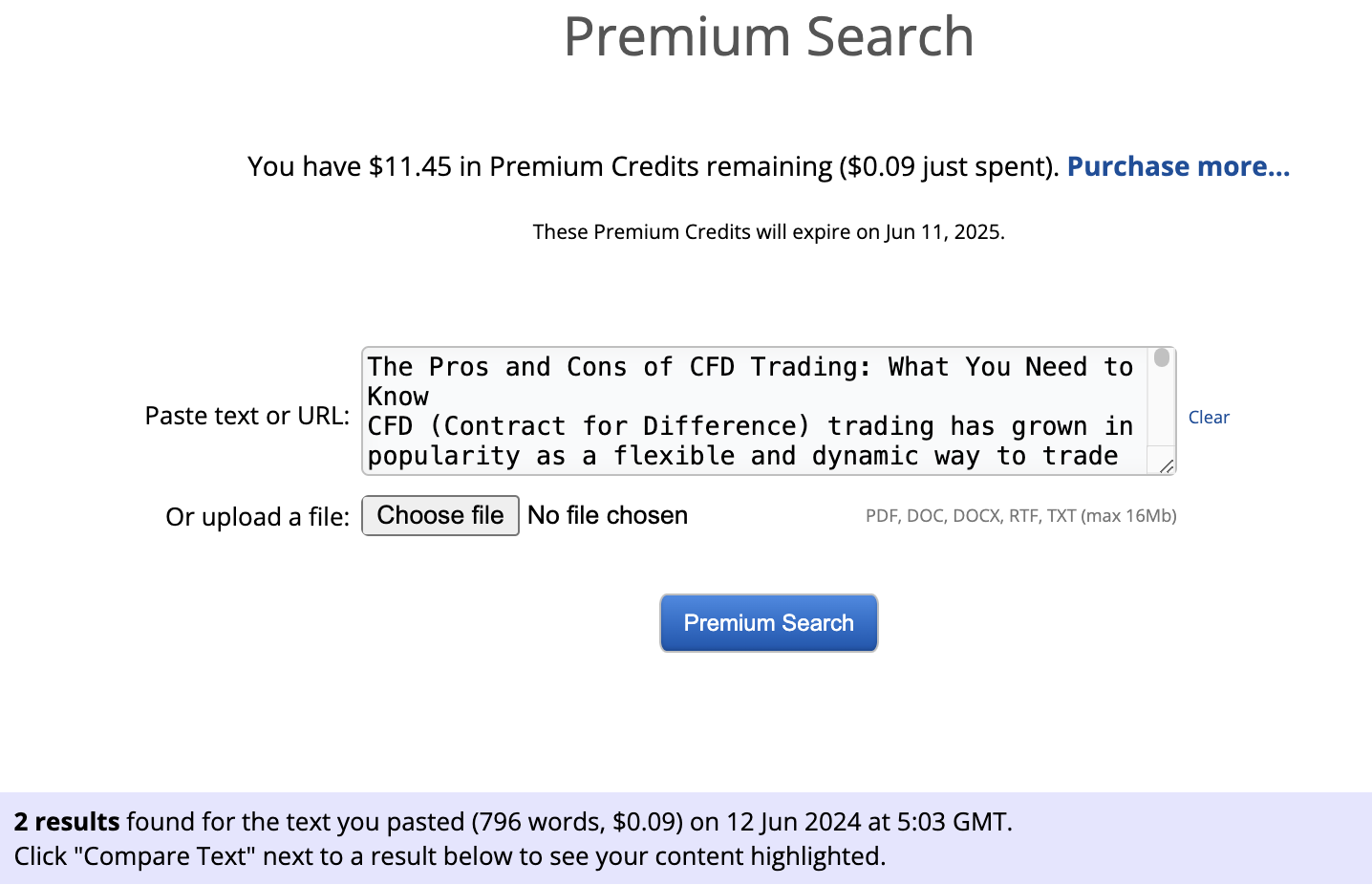The Pros and Cons of CFD Trading: What You Need to Know
CFD (Contract for Difference) trading has grown in popularity as a flexible and dynamic way to trade financial markets. This article delves into the advantages and disadvantages of CFD trading to help potential traders make well-informed decisions.
What is CFD Trading?
CFDs are financial derivatives that allow traders to speculate on the price movements of various assets without actually owning them. When you trade CFDs, you agree to exchange the difference in the price of an asset from when you open your position to when you close it. This can be applied to a wide range of underlying assets, including stocks, indices, commodities, and forex pairs.
In CFD trading, leverage plays a crucial role. It enables traders to open positions with a fraction of the total value, magnifying both potential gains and losses. Traders can take long positions if they anticipate a price increase or short positions if they expect a price decrease. Check out ADSS to find out more information on how CFD trading works.
Pros of CFD Trading
One of the biggest attractions of CFD trading is leverage. It allows traders to control a large position with a relatively small amount of capital. This can lead to higher potential returns compared to traditional trading, where you need to pay the full price of the asset. For instance, with 10:1 leverage, you only need $1,000 to control a $10,000 position. However, while leverage can magnify gains, it also increases the potential for losses, which can exceed your initial investment.
CFD trading offers access to a vast array of markets and instruments. Whether you’re interested in stocks, indices, commodities, or forex, CFDs provide a platform to trade globally. This means you can take advantage of opportunities in different markets and diversify your portfolio without needing multiple accounts or different trading platforms.
CFDs can offer more flexibility as well. Unlike options or futures, CFDs do not have a fixed expiry date. You can hold a position for as long or as short as you want, providing the freedom to tailor your trading strategy to your specific needs. Additionally, CFDs allow you to go both long and short, giving you the ability to profit from both rising and falling markets.
Cons of CFD Trading
While leverage can amplify gains, it equally magnifies losses. This is one of the significant risks associated with CFD trading. If the market moves against your position, losses can accumulate quickly, potentially exceeding your initial investment. Margin calls, where the broker demands additional funds to maintain your position, can also occur, leading to account liquidation if you cannot meet the requirements.
Although CFD trading can be cost-efficient, there are still costs to consider. Overnight financing charges apply if you hold positions beyond the trading day, which can add up over time. Additionally, spreads—the difference between the buy and sell prices—can eat into your profits. Some brokers may also have hidden fees, so it’s crucial to understand all the costs involved before trading.
The reliability and financial stability of your broker are paramount in CFD trading. Trading with an unregulated or poorly regulated broker can expose you to significant risks, including the potential for the broker to go bankrupt, leaving you without recourse. Always choose regulated and reputable brokers to mitigate these risks.
Key Considerations Before Starting CFD Trading
Selecting a reputable broker is one of the most important steps in CFD trading. Look for brokers that are regulated by financial authorities and have a good reputation in the market. Evaluate the trading platform for usability, customer support quality, and the availability of educational resources.
Effective risk management is crucial in CFD trading. Setting stop-loss and take-profit orders helps to limit potential losses and secure profits. Diversifying trades and managing exposure to individual assets can also help to mitigate risk.
Before diving into CFD trading, it’s essential to educate yourself thoroughly. Utilize the educational resources provided by brokers, read up on trading strategies, and practice with demo accounts. Staying informed about market trends and continuously learning is key to becoming a successful CFD trader. Assess your financial situation and risk tolerance before starting CFD trading. Never trade with money you cannot afford to lose and avoid using borrowed funds. It’s essential to have a clear understanding of your financial limits and to trade within them.
Conclusion
CFD trading offers numerous advantages, including leverage, market access, and flexibility, but it also comes with significant risks such as leverage-induced losses and market volatility. Understanding both the pros and cons is essential for making informed trading decisions. By choosing a reliable broker, implementing robust risk management strategies, and educating yourself, you can navigate the complexities of CFD trading and potentially capitalize on its benefits.



